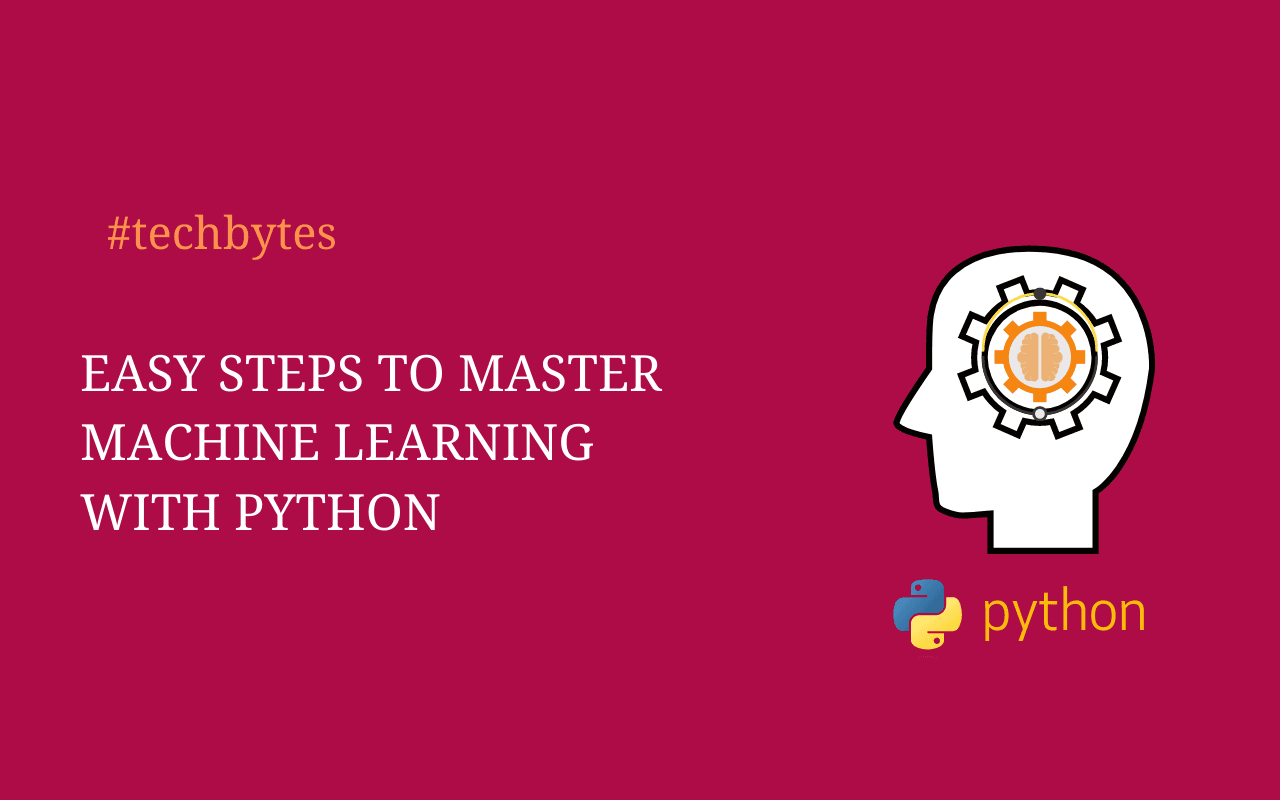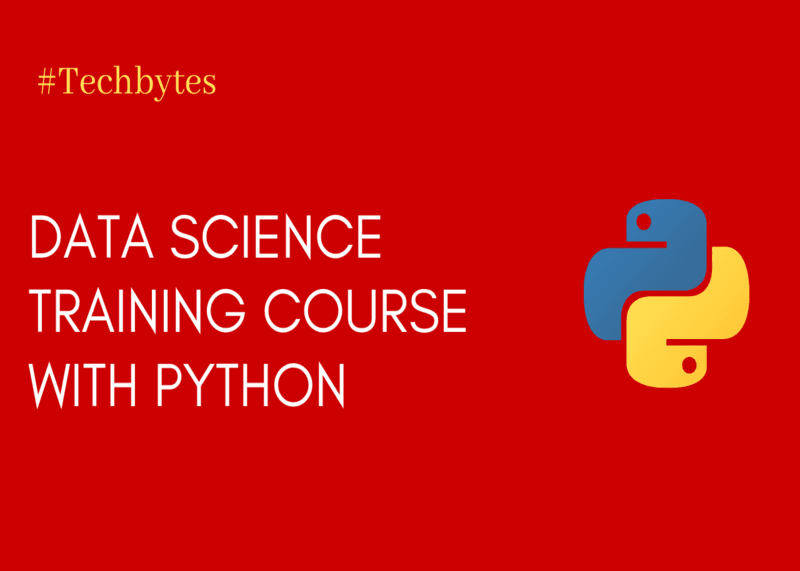
Easy Steps to Master Machine Learning with Python
Easy Steps to Master Machine Learning with Python
Today, AI and deep learning are dominating the technology industry. Big tech companies like Google, Amazon, and Microsoft are investing heavily in machine learning and AI. It means these technologies will play a considerable role, now and in the future.
Here are a couple of ways.
Research shows that current AI technology has the capability of boosting business productivity by more than 40%. According to the same report by Accenture, the impact of machine learning and AI will enable people to make efficient use of their time.
More than 97% of mobile users are using AI-powered voice assistants such as Siri and Google Assistant. That means only 2% of iPhone users and 4% of Android users have yet to use these voice assistants.
If you are interested in AI and machine learning and probably want to develop your voice assistant, you must learn python.
Want to know how you can master machine learning with Python?
In this post, we'll discuss the steps of how you can master machine learning with Python.
1. Basic Understanding of Python
Python is a popular programming language popular among machine learning experts. Here is why:
- Python is simple and easy to understand
- Python is a powerful scripting tool
- Python uses user-friendly data structures
- Python is open source with a vibrant community
- Python's interactive mode allows developers to test their code while developing their programs
- Python has an extensive library
Now that you know why Python is popular among machine learning developers, it's time to learn the basics. The first step is to install Python on your computer. We recommend Anaconda.
Anaconda is an open-source distribution of Python and R programming languages. It's compatible with popular operating systems such as Windows, Linux, and Mac OS. This distribution includes data science packages and iPython Notebook, an interactive environment with many tutorials.
To learn the basics about Python, we recommend you start with Python Foundations,Tools & Techniques, a free online guide. For visual learners, we recommend Python for Data Science Course by Starwever. The course includes several videos, and you can follow them at your own pace.
2. Foundation of Machine Learning
Now that you know the basics of Python, it's time to delve a little into machine learning. Machine learning is an application of AI that gives systems the ability to learn and improve automatically.
These systems learn without being programmed and can use available data to learn on their own. A good example is a fake news detection system. This system uses natural language processing techniques and the Passive-Aggressive Classifier algorithm to detect fake news online.
To get started with machine learning, you need to be proficient in the following:
- Statistics
- Mathematics
- ML Algorithms
- Data wrangling and analysis
- Programming Languages
What you need to know is that you don't have to possess a Ph.D. in the concepts above. To learn the basics of machine learning, we recommend this tutorial - Essentials of Python for Machine Learning and AI
Additional resources include:
- Machine Learning offered by Stanford on Coursera
- Machine Learning by Tom Mitchell and Maria Florina Blacan
3. Python Packages
Now that you have a basic understanding of Python and Machine Learning, the next step is to familiarize yourself with a few libraries. These open-source Python libraries are often used in machine learning. They are critical for machine learning applications to perform different tasks.
They include:
Pandas is a fast and powerful open-source data analysis and manipulation tool. Built on top of the Python programming language, several companies around the world support it.
Scikit-learn is an open-source machine learning library too. It supports supervised and unsupervised learning. The library also has a wide array of tools for data pre-processing, model fitting, model selection, and evaluation, among others.
Matplotlib is a library for creating animated, static, and interactive visualizations in Python. So, if you want to develop publication quality plots using a few lines of codes, this is the library for you.
Lastly, we have Numpy, a library that brings computation power of languages such as Fortran and C to Python.
To learn more about these libraries, visit their respective websites, or visit Starweaver.
4. Basic and Advanced Machine Learning Topics with Python
There is a couple of basic and advanced machine learning with Python topics that you must familiarize yourself with. Let's start with the primary issues. The first topic is data processing.
In machine learning, you don't require any data. What you need is quality data. With these data, your machine learning applications can learn basic and advanced tasks. To provide your AI apps with quality data, you must learn data pre-processing.
Data pre-processing includes instance selection, normalization, feature extraction, and selection, among others. Since data pre-processing is a data mining technique, you must learn its four stages:
- Data cleaning
- Data integration
- Data Reduction
- Data Transformation
Besides data pre-processing, you must explore popular machine learning algorithms. They include:
- Logistic Regression - contains two different models, namely multinomial logistic Regression and binary logistic Regression. The latter deals with scenarios and outputs only two values, while the former deals with more outcomes.
- Linear Regression is a linear approach that establishes a relationship between X and Y. X denotes one or more (independent) variables, while why denotes dependent variables.
- K-means Clustering - is commonly used by unsupervised learning algorithms.
Other topics we recommend you learn include:
- Anomaly detection
- Classification
- Clustering
Next, we move to the advanced topics. The first topic is to support vector machines. Support vector machines are learning models (supervised) that analyze data used for regression and classification analysis. It works by drawing a straight line between two classes.
Another topic is random forests. Also referred to as random decision forests, this is a learning method for Regression and classification. It operates through the construction of decision trees. This happens at training time and outputting the class.
Lastly, we have deep learning with Python. Deep learning is an AI function designed to mimic how the human brain processes data. This technology is popularly used in speech recognition, decision making, and language translation.
What you need to know is that deep learning AI can learn without human supervision. It can draw data from unlabeled and unstructured data. As a crucial role in machine learning, deep knowledge can help you build neural networks for AI.
To learn the basics about deep learning, use these resources:
Bottom Line
Today, big companies are on the hunt for people with expertise in machine learning and AI. Some of these tech companies are in the data science, cloud computing, blockchain, and augmented reality industry.
To learn machine learning with Python, we recommend following the steps above.


